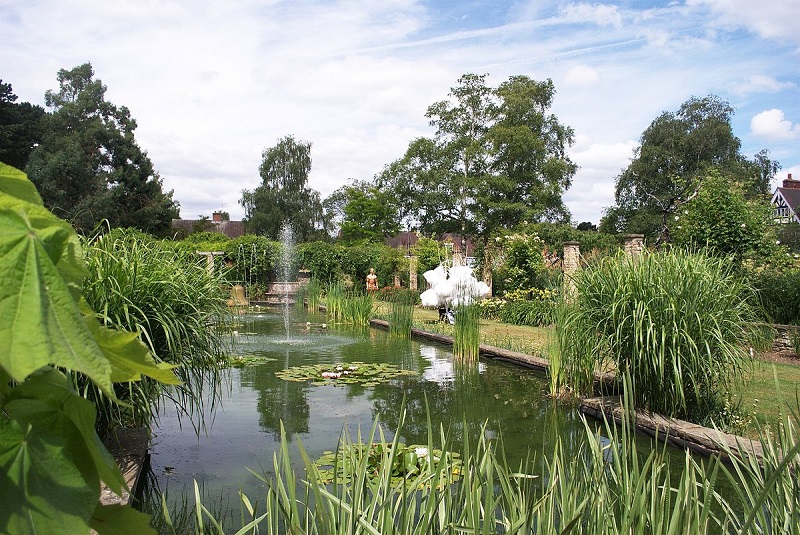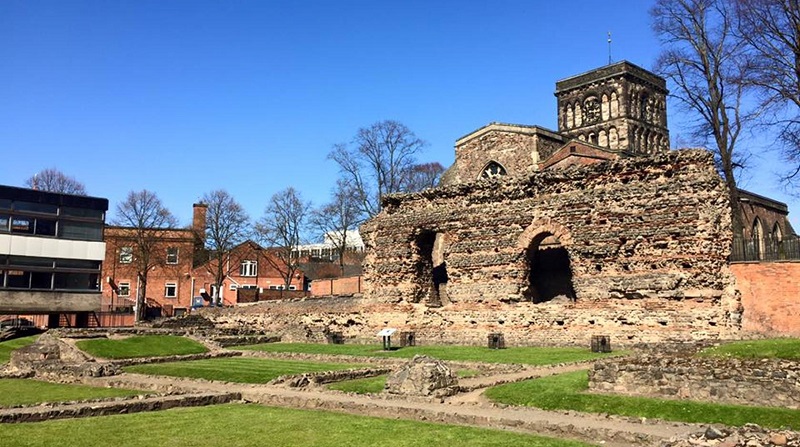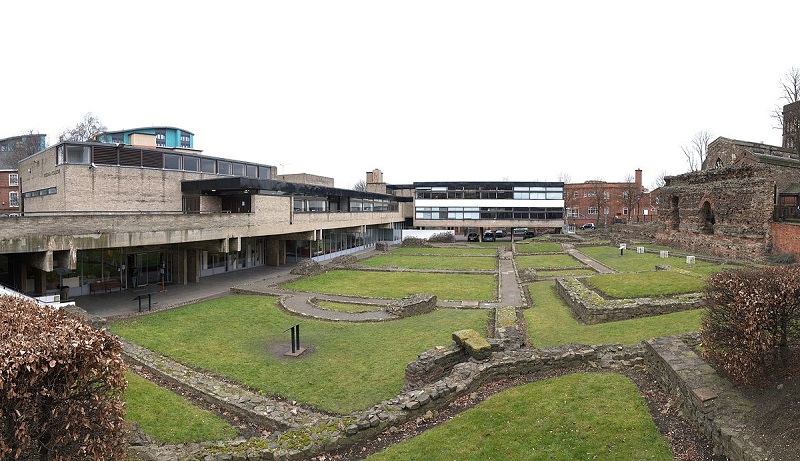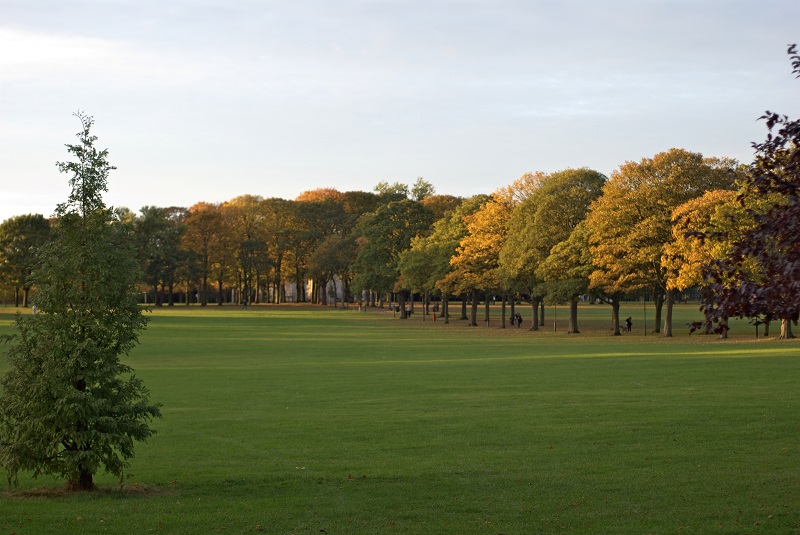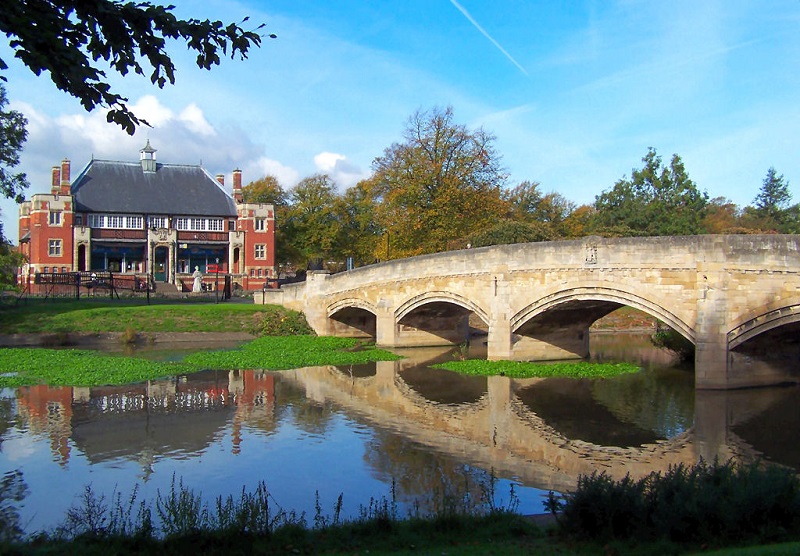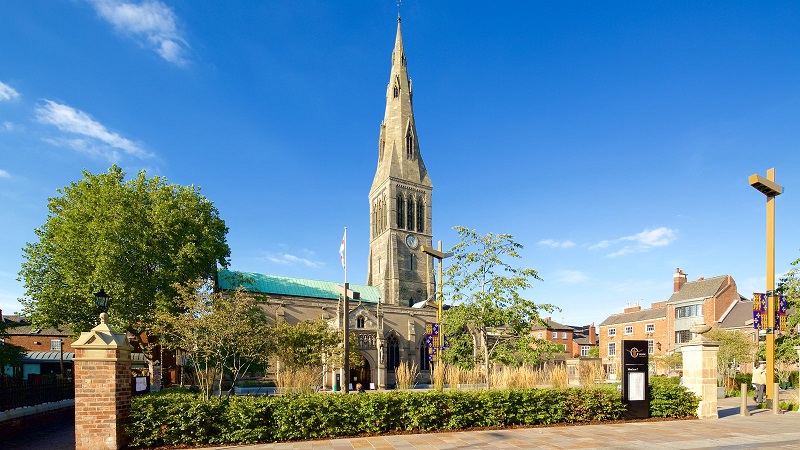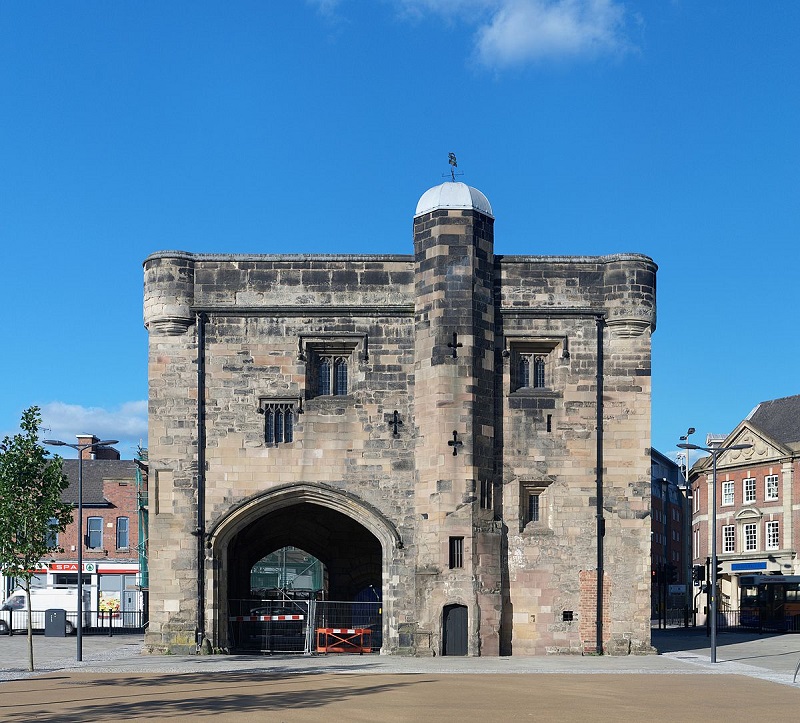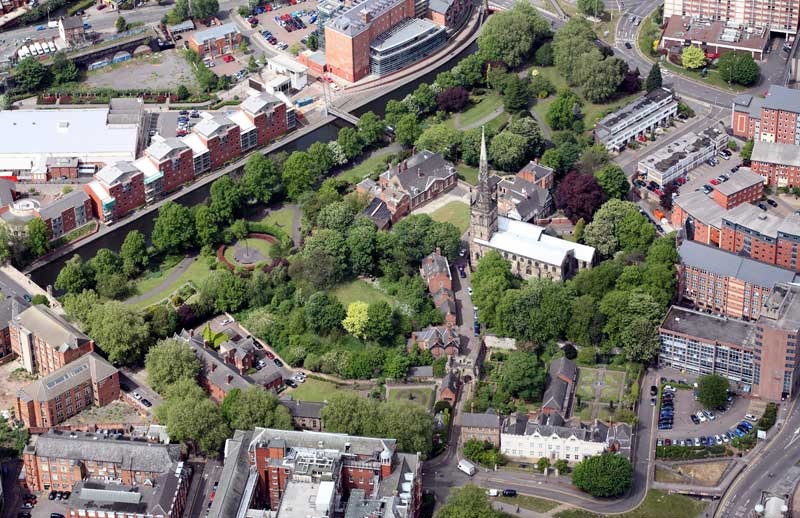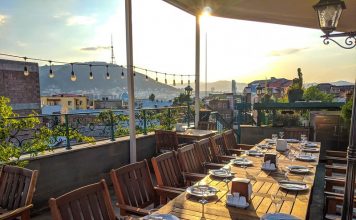University of Leicester Botanic Garden
Source: Link
This picturesque botanical garden has an area of 16 acres and has a collection of plants. The grounds are cultivated and there are also greenhouses and garden sculptures. The views are spectacular and the small arts festivals are entertaining and educational. Click the next ARROW to see the next image!
Jewry Wall
Source: Link
One of the largest Roman masonry structures in Britain, this was part of the roman baths, a wall that is more than nine metres high. A notable landmark in Leicester, this wall, a Grade I listed sited, is said to be almost 2,000 years old and 2.5 metres thick. Click the next ARROW to see the next image!
Jewry Wall Museum
Source: Link
Adjoined to the foundations of the wall is this museum housed in a 1960s building. In it are pieces of Roman mosaics and the walls are painted plaster. The museum also display Roman and pre-historic artifacts discovered in other parts of Leicester, including those belonging to the Iron Age. Click the next ARROW to see the next image!
Victoria Park
Source: Link
This 69-acre public park is mostly leveled grounds with sports facilities, including a newly built skate park. The big open grounds are usually used as a venue for important events. In the park are two memorials, the Arch of Remembrance and a smaller memorial. The former was built in honor of those who died during World War I and the latter was in commemoration of the American 82nd Airborne Division. Click the next ARROW to see the next image!
Abbey Park
Source: Link
This 57-acre public park opened in 1882 by the Prince and Princess of Wales and was built on a marshy ground. The River Soar flows through it and three bridges were also constructed when the river was widened and deepened. It is also the site of Leicester Abbey as evident by the low stone walls seen on the grounds. During its construction, 33,000 trees were planted and a man-made lake was also built. Click the next ARROW to see the next image!
Newarke Houses Museum & Gardens
Source: Link
This museum has a collection of toys from Tudor, among others and is composed of the Skeffington House and the Wygston’s Chantry House. This place of interest narrates the past of Royal Leicestershire Regiment and contemporary Leicester. A playground is also available for the children to enjoy. Click the next ARROW to see the next image!
The City Rooms
Source: Link
This Grade I listed Georgian building was completed in 1800 and was used for different purposes. Today, it is now a hotel. It has a grand ballroom which is on the first floor serves as a centreprice of the structure. Inside, there are paintings made by Ramsay Richard Reinagle. There is also a bar, four luxurious bedrooms and meeting rooms. Click the next ARROW to see the next image!
Leicester Cathedral
Source: Link
Also referred to as the Cathedral Church of St. Martin, this cathedral is set right in the heart of the city and is the seat of the Bishop of Leicester. Visitors here can see the remains of King Richard III who were buried here in 2015. Architecture is mostly Gothic and it includes a Vaughan Porch designed by J.L. Pearson. Click the next ARROW to see the next image!
Magazine Gateway
Source: Link
Situated alongside Leicester ringroad, this Grade I listed building is also referred to as The Magazine and Newarke Gateway. Originally, it was constructed as the main gateway of an enclosure in 1400. It has two archways while the gatehouse had been used for several purposes, including being a militia building, prison and regimental museum. Click the next ARROW to see the next image!
Leicester Castle
Source: Link
This was built as part of the defence of Leicester and was built over Roman walls. Today, what are left are a large motte and the Great Hall with the latter now enclosed in a Queen Anne style facade. The complex now consists of the Castle Gardens, the church of St. Mary de Castro, the Castle Yard and John Gaunt’s Cellar.

